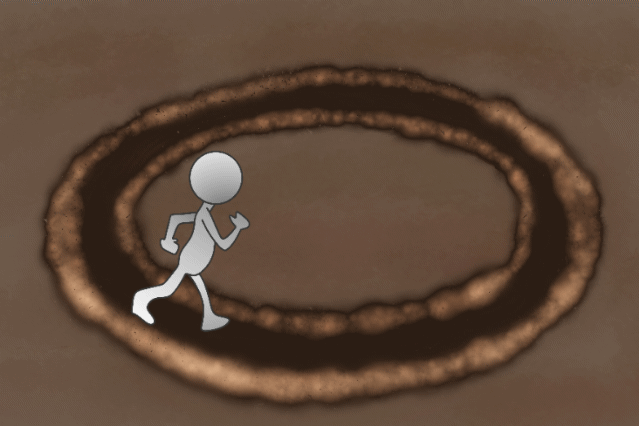
WHY DO I NEED A LIFE COACH?
Why am I here looking for a Life Coach?
Something is standing between where you are and where you want to be. These barriers can be vastly different. For example, one could be caused by anxiety or fear, whereas another could be a lack of knowledge or understanding. It could even be an absence of an essential factor missing from your life.
Whatever this obstacle is, you've already attempted to fix it yourself. Or you've already contacted friends, family, or any immediate resources. Yet, despite any initial efforts, the obstacle remains. None of these resources have solved the problem or resolved it 100%. That's why you are transitioning between seeking advice and seeking a professional.

THE EMERGENCY RESPONSE PYRAMID
Catastrophic: The event is or has already happened. We're dealing with the aftermath. The focus of this will be the recovery process from a catastrophe. We want to stop the bleeding and focus on how we will heal from this.
Pre-Catastrophic: Everything is currently in motion before the event, with little hope or possible prevention. We are bracing for impact. We're looking to soften the blow and reduce the risk as much as possible, to decrease the severity of the catastrophe when it does occur.
Inevitable Collapse: Inevitable implies that it won't be immediate, but if things continue along this path, we will end up with a catastrophe. So we're talking about an eminent event if something doesn't change. The important part about this one is where it sits on the timeline; there is still time to prevent the catastrophe from happening.
Prudent Planning: This is before there is even a chance for a problem to take root. We implement plans of action that will deter issues or resolve them as they arise.
.png)
%20(1).jpg)
STATIONARY
You lack any real movement in your life. You have a passive presence and generally lack the motivation to do anything more. Naturally, this means you may have a limited social life; you're passively present or let the world happen around you. Essentially your life isn't getting any better, but it's also not worsening. This absence of any motion in your life can create a sense of inadequacy or unfulfillment of your potential.
STUCK IN A RUT
It can be similar in many ways to being stationary. Although it's repetitive, you have forward movement and momentum. You're motivated and assertive, and you're constantly pushing forward. Still, despite the motion, you keep finding yourself back in the same place. You're going to find yourself frustrated as you continue to move forward. You will find that the rut you are getting stuck in continues getting deeper.

.jpg)
INDECISION
You find it difficult to make effective decisions in a timely manner. You usually have a fear of missing out or a fear of making the wrong decision. You may also be unable to decide unless you are well enough informed, which can be caused by an inability to perceive your decisions' consequences. Whatever the restrictions in the decision-making process, you either find yourself taking too long to come to a conclusion, altogether avoid making a decision, or making decisions too hastily, resulting in mistakes and impaired decision-making.
ANCHORED DOWN
You have forward motion, your life is moving, you usually know where you are going, and a lot is going well for the most part. However, this probably wasn't always the case, and you are holding onto past regrets, trauma, or relationships. As a result, you find it difficult to move forward, even if the issue has been resolved or addressed. The weight of your past may be restricting your progress. The anchor may also be present, usually in the form of a current problem, which means coming to terms with some new reality, adapting to a new way of life, or even a relationship holding you back from moving forward. Usually, with anchors, you have two different kinds of people: those having difficulty letting go of the anchor they place on themselves or those who cannot remove an external source that sets the anchor upon them.


DIRECTION
You have the skill sets you need; you have your experiences, resources, and support network and need help figuring out what to do with it. Essentially you are an artist with a blank canvas, and the possibilities are seemingly infinite. Without an overarching direction to your life, everything else tends to crumble. It will leave you in a constant state of failure, even with small victories, because there is no primary goal or objective. You're likely someone who has evolved past constraints that no longer restrict you. (Which could be a change in beliefs, separation, or loss of an important figure in your life). However, you now have to forge a path forward on your own. You need to set your moral compass and the direction of your life.

.png)
.jpg)
%20(1).jpg)
